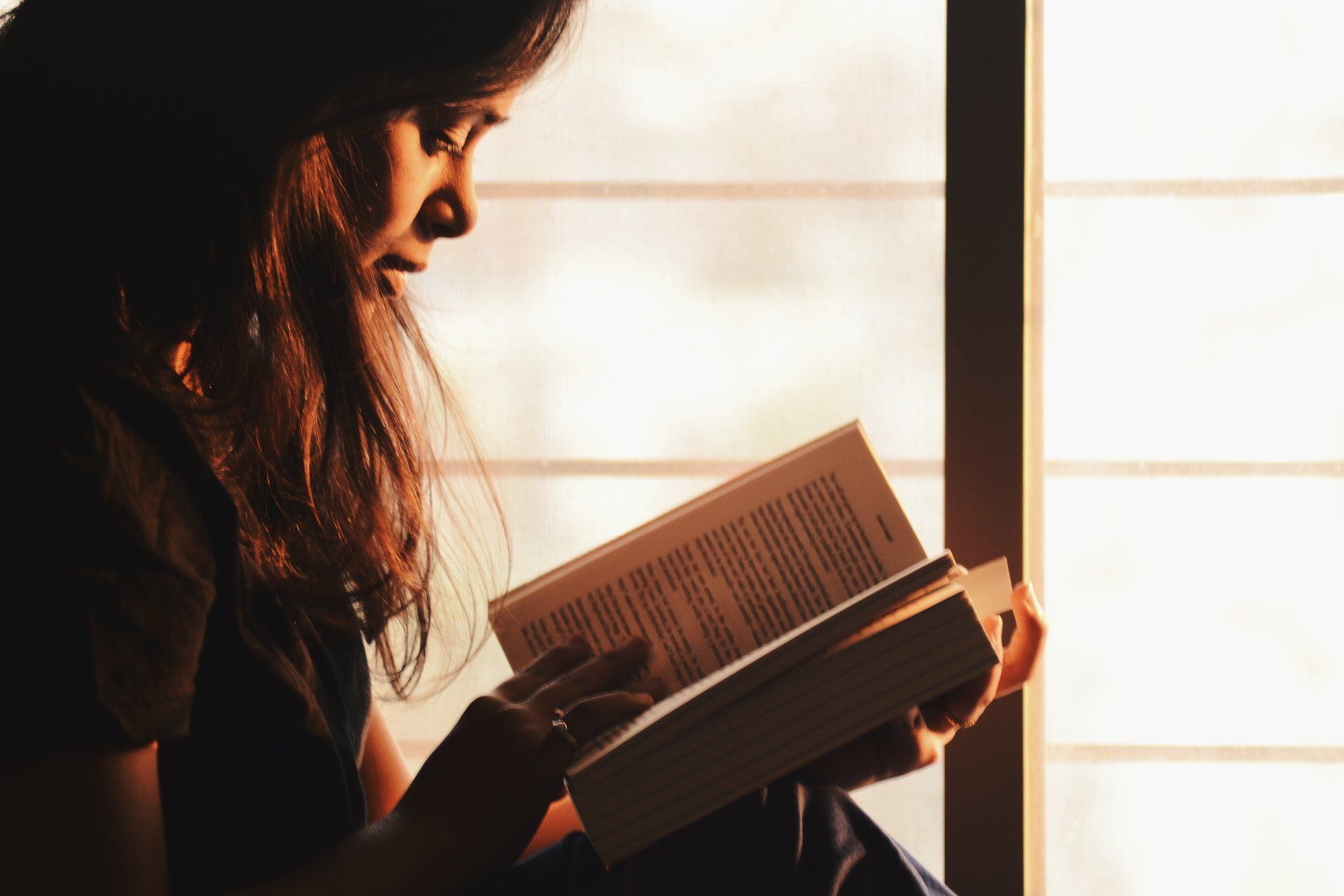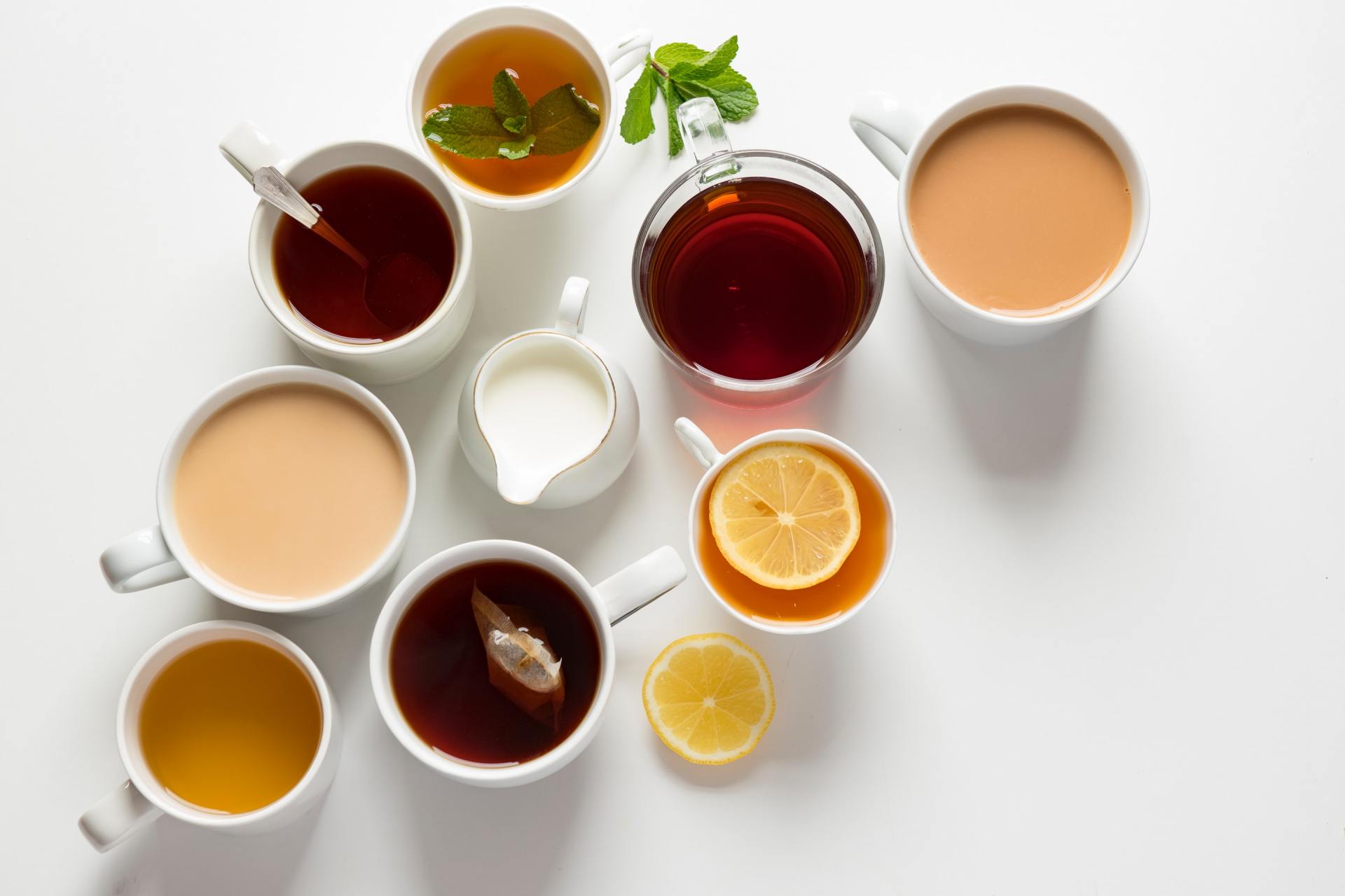
Blog Layout
How sleep varies with age - Children
Sarah-Louise Waters • Dec 13, 2020

From babies that sleep most of the day, toddlers that need an afternoon nap, teenagers that sleep like the dead and adults that rarely sleep at all, most of us are aware that the length, depth and quality of our sleep changes dramatically throughout our lives. This blog post looks at what is going on with our sleep in childhood.
At approximately one year old, our brains begin to take note of the repeated daily signals it is given, such as daylight and darkness, temperature changes and routine feeds. This is the emergence of what is called our circadian rhythm or internal body clock, which has a huge part to play in our sleep patterns for the rest of our lives. A strong, healthy circadian rhythm is probably our best defence against sleep issues developing over time.
At around the age of four our circadian rhythm has become completely established and our bodily functions, including sleep, begin to settle into an approximate 24 hour pattern. At this point sleep generally becomes bi-phasic (in two phases), with the majority happening overnight and a shorter nap during the day.
At this age our circadian rhythm is purposefully set to run on an early schedule. This means that young children are pre-programmed not only to become sleepy earlier in the evening than either their older siblings or their parents, but also to wake up much earlier.
In young children, the total time spent asleep in both phases can be as much as 14 hours, with the time split equally between REM and non-REM sleep. However, by the age of five, when the hardest part of our growth and development has taken place, this will have dropped to between 10 and 11 hours, with REM sleep comprising 30% of the total, and NREM sleep the other 70%. Then as children approach puberty, both their need for so much sleep reduces (to be inline with adults at 7-9 hours) and their nap time is also reduced until a point that they do not need to nap at all and their sleep becomes mono-phasic.
There is much evidence to suggest, however, that it is social constraints that kerb our natural desire for bi-phasic sleep and that when left to our own devices or when it is socially acceptable (e.g. a siesta on holiday or during furlough!) we will continue to take and enjoy an afternoon nap.
You may also note that this habit of having a nap during the day is something that a lot of us will come back to in our later years. We will revisit the topic of napping in both the later blog about sleep in older people but also in a separate blog tackling napping as a separate subject.
Next time, how sleep changes during adolescence.
Additional Reading
Sleep cycles
https://www.fromsoultosole.co.uk/sleep-cycles
Sleep pressure
https://www.fromsoultosole.co.uk/sleep-pressure
Circadian rhythm https://www.fromsoultosole.co.uk/circadian-rhythm
Share
Tweet
Share
Mail

By Sarah-Louise Waters
•
30 Jan, 2022
Reading is an amazing way of escaping from your own reality. When we become absorbed in a story that is not our own, whether that be via a book or a movie, we put aside our own moods, worries and emotions. The more empathic we are, the more we are able to put ourselves into the shoes of the characters and let go of our own personal narrative. The benefits of doing this before settling down to sleep, especially for us highly-sensitive empaths, are immense. The ease by which we can fall asleep, the depth of that sleep and its length are all governed by how "safe" our brains feel at the time. If we are stressed, currently going though an emotional or practical upheaval, or are generally finding it difficult to switch off from the day, then our brain is going to want to keep us awake in order to continue its processing. Annoying as it is, this is simply your subconscious' way of sifting through data, resolving problems and (hopefully!) finding solutions. While nothing will ever truly be a better option than dealing with whatever is stressing you out in daylight hours, it would be ridiculous to think that there will never be a time that you go to bed with something on your mind, and this is especially true for highly sensitive, empathic individuals. Reading a book (even for a short space of time) can offer you the distraction that you need to put this issue to one-side and drift off. There are however some rules to remember when it comes to pre-sleep reading, particularly with regards to the content of what you read... 1) The topic should be interesting enough to capture your attention and stop you thinking about your worries. A text book may work, but only if you can actually concentrate on what you are reading without your brain wandering off on a tangent. 2) Reading about something you find emotionally disturbing (murder, rape, child abuse etc) will raise your blood pressure and heart rate, both of which are detrimental to sleeping well. 3) Reading a thrilling page-turner may lead you to still being awake at 2am because you just want to finish the next chapter, and the next, and the next (you get the idea!). 4) Picking a favourite book that you've already read can be a great idea - it will give you all the feels and distraction, without the need to continually page-turn as you already know what's coming. 5) If you find reading difficult because you are sight-impaired, dyslexic or have another form of reading difficulty, or simply because reading reminds you of an academic past you would rather forget, listen to an audiobook instead. You're still getting all of the sleep advantages of reading, but without the discomfort. 6) Never read anything related to your work just before bed. Reading should be about distancing yourself from stress, not inviting it in. 7) Be aware that reading on an electronic device means subjecting yourself to additional cues that now is not the right time for sleep (i.e. blue light exposure). Kindles don't smell or feel as good as a proper book either! If you are finding it difficult to fall asleep and would like some further help in the form of some sleep coaching sessions, please click on the button below and I will get back to you as soon as possible.

By Sarah-Louise Waters
•
03 May, 2021
“Caffeine is the most widely used (and abused) psychoactive stimulant in the world.” (Walker, Why We Sleep, 2017) Introduction 80% of the world’s population consume caffeine in one form or another and coffee is the second most traded substance in the world, second only to oil. Our love affair with caffeine stretches around the globe and has done for centuries. Most people will have a basic understanding that caffeine has a negative effect on sleep, but this blog post has been written to better inform readers about how caffeine works and to try to help individuals reassess their current “need” for caffeine. Before I begin I would just like to clarify that I am not judging anyone for their use of caffeine. This blog post is not an attempt to guilt you into giving up something that you enjoy. What it is asking you to do is to reassess your current use and the reasons why you use caffeine. If you actually “need” caffeine to get you through the day then you should probably come clean and admit to yourself why. Mostly people use caffeine to bolster low energy levels and they have low energy levels because they have not slept well enough or for long enough the night before. If this is the case for you then I would recommend that you sort out your sleep issues first rather than simply papering over the cracks with another cup of coffee. What is caffeine? Caffeine is a psychoactive drug classified as a stimulant because it speeds up the central nervous system and increases neural activity in the brain. Other psychoactive stimulant drugs include amphetamine (speed), cocaine and nicotine. Caffeine is a naturally occurring chemical present in cocoa, coffee, cola and most teas. Below I have listed the most common foods and drinks that contain caffeine and their caffeine content. For the sake of easy comparison, I have adjusted them so that they are all per 100ml or 100gm. However, please remember that we do not always consume 100ml/gm of a product and therefore the amount of caffeine you are ingesting will vary depending on the size of the mug/chocolate bar/can etc. For example, a Starbucks Grande coffee is nearly half a litre (473ml) and contains 330mg of caffeine! Interesting Fact Plants use caffeine as a natural pesticide as it is highly toxic to most insects. It is also worth noting that the caffeine content of tea and coffee will vary greatly depending on how long you leave the drink to brew. In the table below, the tea was left to brew for one minute. If you prefer a stronger cup, the amount of caffeine in that drink will be higher.